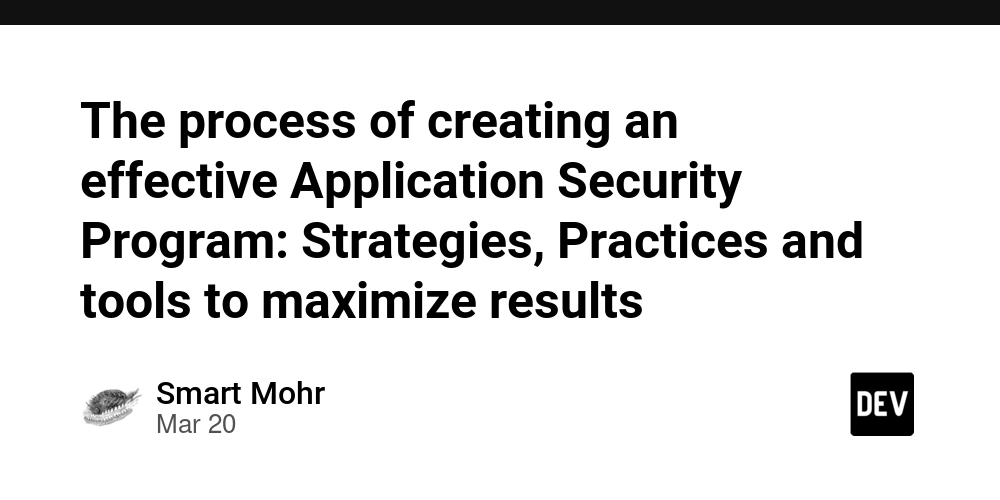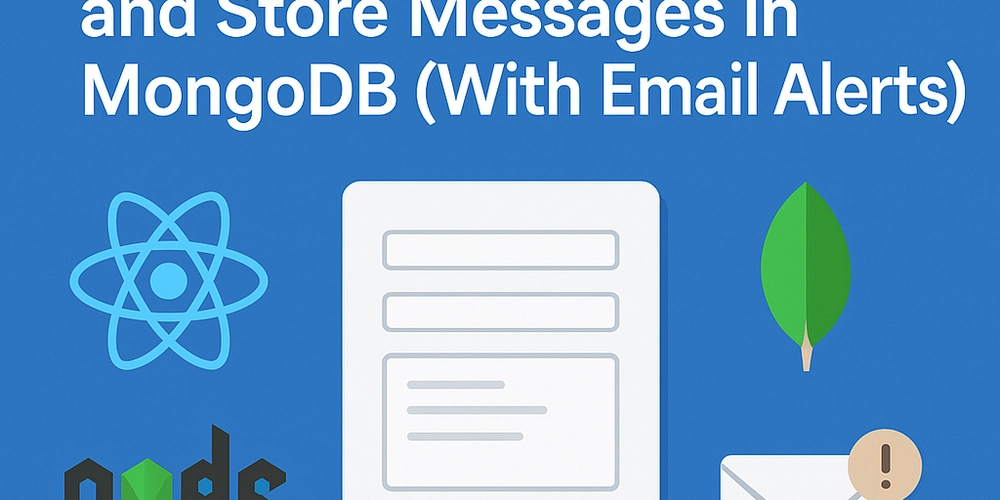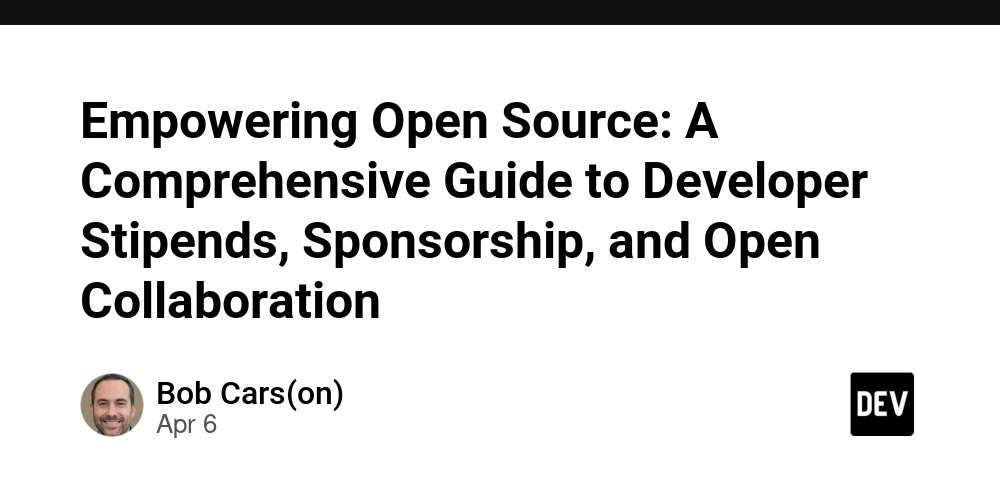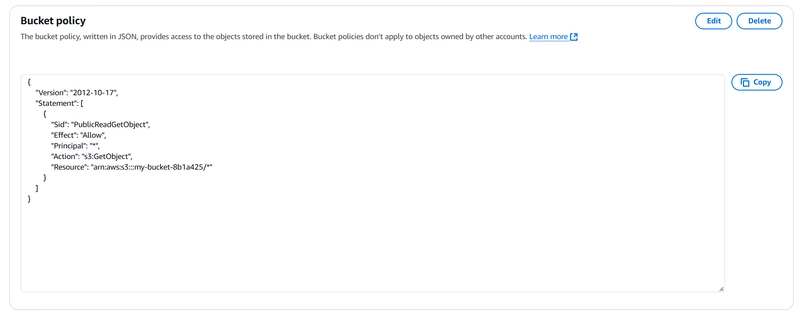The process of creating an effective Application Security Program: Strategies, Practices and tools to maximize results
AppSec is a multi-faceted, robust strategy that goes far beyond vulnerability scanning and remediation. A holistic, proactive approach is required to integrate security into every stage of development. The constantly changing threat landscape as well as the growing complexity of software architectures have prompted the need for an active, holistic approach. This comprehensive guide explains the key elements, best practices, and the latest technologies that make up an extremely efficient AppSec program that empowers organizations to safeguard their software assets, reduce threats, and promote a culture of security-first development. The underlying principle of the success of an AppSec program lies an essential shift in mentality, one that recognizes security as a vital part of the development process rather than a secondary or separate endeavor. This fundamental shift in perspective requires a close partnership between developers, security, operations, and others. It breaks down silos and fosters a sense shared responsibility, and encourages a collaborative approach to the security of software that they create, deploy and maintain. Through embracing the DevSecOps approach, organizations can integrate security into the structure of their development workflows and ensure that security concerns are addressed from the earliest phases of design and ideation all the way to deployment as well as ongoing maintenance. This method of collaboration relies on the development of security standards and guidelines, that offer a foundation for secure code, threat modeling, and vulnerability management. AI powered SAST These policies should be based on industry-standard practices, like the OWASP Top Ten, NIST guidelines and the CWE (Common Weakness Enumeration), while also taking into consideration the individual needs and risk profiles of the particular application as well as the context of business. These policies should be written down and made accessible to everyone in order for organizations to be able to have a consistent, standard security strategy across their entire collection of applications. It is important to fund security training and education programs to aid in the implementation and operation of these policies. These initiatives should seek to provide developers with information and abilities needed to create secure code, recognize vulnerable areas, and apply security best practices during the process of development. Training should cover a broad range of topics including secure coding methods and common attack vectors to threat modeling and design for secure architecture principles. Companies can create a strong foundation for AppSec by fostering an environment that promotes continual learning and providing developers with the tools and resources they require to integrate security into their work. In addition to training companies must also establish solid security testing and validation processes to identify and address weaknesses before they are exploited by criminals. This requires a multilayered approach, which includes static and dynamic analysis methods along with manual code reviews as well as penetration testing. Static Application Security Testing (SAST) tools can be used to study the source code and discover vulnerability areas that could be vulnerable, including SQL injection cross-site scripting (XSS) and buffer overflows at the beginning of the process of development. Dynamic Application Security Testing (DAST) tools, on the other hand can be used to simulate attacks against running applications, identifying vulnerabilities that might not be detected with static analysis by itself. While these automated testing tools are necessary to detect potential vulnerabilities on a the scale they aren't the only solution. Manual penetration testing by security professionals is essential for identifying complex business logic weaknesses that automated tools might overlook. Combining automated testing and manual validation allows organizations to have a thorough understanding of the security posture of an application. It also allows them to prioritize remediation efforts according to the degree and impact of the vulnerabilities. Businesses should take advantage of the latest technologies, such as machine learning and artificial intelligence to enhance their capabilities in security testing and vulnerability assessments. AI-powered tools are able to analyze huge amounts of code as well as application information, identifying patterns and anomalies that may indicate potential security problems. They can also learn from vulnerabilities in the past and attack patterns, constantly increasing their capability to spot and avoid emerging threats. A particularly exciting application of AI in AppSec is the use of code property graphs (CPGs) to enable more accurate and efficient vulnerability identification and remediation. CPGs provide a rich and visual representation of the application's codebase. They

AppSec is a multi-faceted, robust strategy that goes far beyond vulnerability scanning and remediation. A holistic, proactive approach is required to integrate security into every stage of development. The constantly changing threat landscape as well as the growing complexity of software architectures have prompted the need for an active, holistic approach. This comprehensive guide explains the key elements, best practices, and the latest technologies that make up an extremely efficient AppSec program that empowers organizations to safeguard their software assets, reduce threats, and promote a culture of security-first development.
The underlying principle of the success of an AppSec program lies an essential shift in mentality, one that recognizes security as a vital part of the development process rather than a secondary or separate endeavor. This fundamental shift in perspective requires a close partnership between developers, security, operations, and others. It breaks down silos and fosters a sense shared responsibility, and encourages a collaborative approach to the security of software that they create, deploy and maintain. Through embracing the DevSecOps approach, organizations can integrate security into the structure of their development workflows and ensure that security concerns are addressed from the earliest phases of design and ideation all the way to deployment as well as ongoing maintenance.
This method of collaboration relies on the development of security standards and guidelines, that offer a foundation for secure code, threat modeling, and vulnerability management. AI powered SAST These policies should be based on industry-standard practices, like the OWASP Top Ten, NIST guidelines and the CWE (Common Weakness Enumeration), while also taking into consideration the individual needs and risk profiles of the particular application as well as the context of business. These policies should be written down and made accessible to everyone in order for organizations to be able to have a consistent, standard security strategy across their entire collection of applications.
It is important to fund security training and education programs to aid in the implementation and operation of these policies. These initiatives should seek to provide developers with information and abilities needed to create secure code, recognize vulnerable areas, and apply security best practices during the process of development. Training should cover a broad range of topics including secure coding methods and common attack vectors to threat modeling and design for secure architecture principles. Companies can create a strong foundation for AppSec by fostering an environment that promotes continual learning and providing developers with the tools and resources they require to integrate security into their work.
In addition to training companies must also establish solid security testing and validation processes to identify and address weaknesses before they are exploited by criminals. This requires a multilayered approach, which includes static and dynamic analysis methods along with manual code reviews as well as penetration testing. Static Application Security Testing (SAST) tools can be used to study the source code and discover vulnerability areas that could be vulnerable, including SQL injection cross-site scripting (XSS) and buffer overflows at the beginning of the process of development. Dynamic Application Security Testing (DAST) tools, on the other hand can be used to simulate attacks against running applications, identifying vulnerabilities that might not be detected with static analysis by itself.
While these automated testing tools are necessary to detect potential vulnerabilities on a the scale they aren't the only solution. Manual penetration testing by security professionals is essential for identifying complex business logic weaknesses that automated tools might overlook. Combining automated testing and manual validation allows organizations to have a thorough understanding of the security posture of an application. It also allows them to prioritize remediation efforts according to the degree and impact of the vulnerabilities.
Businesses should take advantage of the latest technologies, such as machine learning and artificial intelligence to enhance their capabilities in security testing and vulnerability assessments. AI-powered tools are able to analyze huge amounts of code as well as application information, identifying patterns and anomalies that may indicate potential security problems. They can also learn from vulnerabilities in the past and attack patterns, constantly increasing their capability to spot and avoid emerging threats.
A particularly exciting application of AI in AppSec is the use of code property graphs (CPGs) to enable more accurate and efficient vulnerability identification and remediation. CPGs provide a rich and visual representation of the application's codebase. They can capture not just the syntactic architecture of the code but also the complex relationships and dependencies between different components. Utilizing the power of CPGs AI-driven tools are able to do a deep, context-aware assessment of an application's security position, identifying vulnerabilities that may be overlooked by static analysis techniques.
Furthermore, CPGs can enable automated vulnerability remediation using the help of AI-powered code transformation and repair techniques. AI algorithms are able to generate context-specific, targeted fixes by analyzing the semantics and nature of identified vulnerabilities. This allows them to address the root causes of an problem, instead of treating the symptoms. This process not only speeds up the removal process but also decreases the risk of breaking functionality or creating new vulnerabilities.
Integrating security testing and validation security testing into the continuous integration/continuous deployment (CI/CD), pipeline is another crucial element of an effective AppSec. By automating security checks and embedding them into the build and deployment process organizations can detect vulnerabilities early and prevent them from entering production environments. ai threat analysis This shift-left approach for security allows quicker feedback loops and reduces the amount of time and effort required to detect and correct problems.
In order to achieve the level of integration required, enterprises must invest in most appropriate tools and infrastructure to enable their AppSec program. This goes beyond the security tools but also the platform and frameworks which allow seamless automation and integration. Containerization technology like Docker and Kubernetes play a crucial role in this respect, as they offer a reliable and constant setting for testing security and separating vulnerable components.
Effective tools for collaboration and communication are as crucial as technical tooling for creating a culture of safety and making it easier for teams to work in tandem. Jira and GitLab are problem tracking systems that allow teams to monitor and prioritize security vulnerabilities. Tools for messaging and chat such as Slack and Microsoft Teams facilitate real-time knowledge sharing and communication between security professionals.
Ultimately, the achievement of the success of an AppSec program is not just on the tools and technology employed, but also the people and processes that support them. To establish a culture that promotes security, it is essential to have a the commitment of leaders to clear communication, as well as an effort to continuously improve. Companies can create an environment where security is more than just a box to check, but an integral part of development through fostering a shared sense of accountability, encouraging dialogue and collaboration, providing resources and support and instilling a sense of security is an obligation shared by all.
To ensure that their AppSec programs to remain effective in the long run, organizations need to establish meaningful metrics and key-performance indicators (KPIs). These KPIs will help them track their progress and identify areas for improvement. These indicators should be able to cover the entire life cycle of an application starting from the number and nature of vulnerabilities identified during development, to the time needed for fixing issues to the overall security level. These indicators are a way to prove the value of AppSec investment, identify patterns and trends and assist organizations in making data-driven choices regarding where to focus their efforts.
In addition, organizations should engage in continual educational and training initiatives to keep pace with the ever-changing threat landscape as well as emerging best practices. Attending conferences for industry and online classes, or working with experts in security and research from the outside can keep you up-to-date with the most recent trends. By cultivating a culture of continuous learning, companies can assure that their AppSec program remains adaptable and resilient in the face of new challenges and threats.
It is also crucial to recognize that application security is not a one-time effort but an ongoing process that requires sustained commitment and investment. As new technology emerges and development methods evolve, organizations must continually reassess and revise their AppSec strategies to ensure they remain efficient and aligned with their objectives. Through embracing a culture of continuous improvement, fostering collaboration and communication, as well as leveraging the power of modern technologies like AI and CPGs, companies can build a robust, flexible AppSec program that protects their software assets but also lets them develop with confidence in an ever-changing and ad-hoc digital environment.
ai threat analysis










































































































































































![[The AI Show Episode 142]: ChatGPT’s New Image Generator, Studio Ghibli Craze and Backlash, Gemini 2.5, OpenAI Academy, 4o Updates, Vibe Marketing & xAI Acquires X](https://www.marketingaiinstitute.com/hubfs/ep%20142%20cover.png)



























































































































![[DEALS] The Premium Learn to Code Certification Bundle (97% off) & Other Deals Up To 98% Off – Offers End Soon!](https://www.javacodegeeks.com/wp-content/uploads/2012/12/jcg-logo.jpg)


![From drop-out to software architect with Jason Lengstorf [Podcast #167]](https://cdn.hashnode.com/res/hashnode/image/upload/v1743796461357/f3d19cd7-e6f5-4d7c-8bfc-eb974bc8da68.png?#)






































































































.png?#)




.jpg?#)































_Christophe_Coat_Alamy.jpg?#)
 (1).webp?#)







































































































![Rapidus in Talks With Apple as It Accelerates Toward 2nm Chip Production [Report]](https://www.iclarified.com/images/news/96937/96937/96937-640.jpg)








































































































































